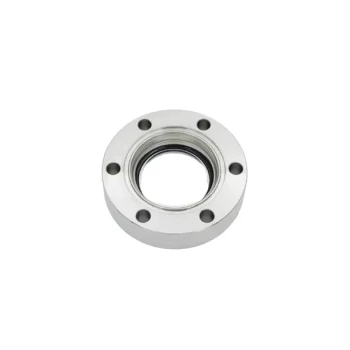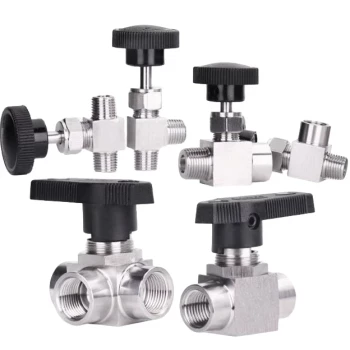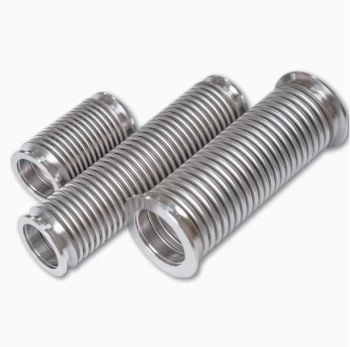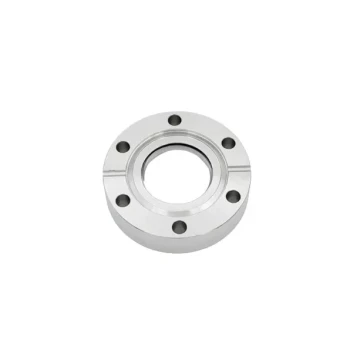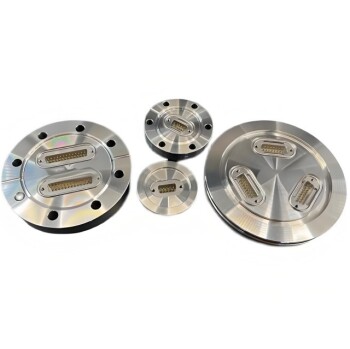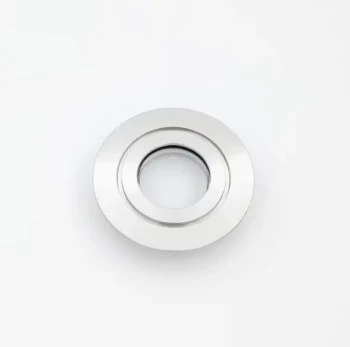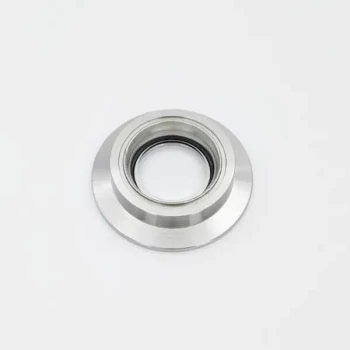Electric heating rotary kilns provide distinct advantages over fuel-based alternatives, particularly in terms of energy efficiency, maintenance costs, and operational precision. Their ability to offer precise temperature control reduces kiln tube deformation and extends equipment lifespan, while also improving product quality. Additionally, electric heating eliminates the need for fuel storage and handling, simplifying operations and reducing environmental impact. The uniform heat distribution and lower energy losses further enhance their cost-effectiveness and sustainability compared to traditional fuel-based systems.
Key Points Explained:
-
Precise Temperature Control
- Electric heating rotary kilns allow for exact temperature adjustments across the entire heating spectrum, including lower ranges where fuel-based kilns struggle.
- This precision minimizes thermal stress on the kiln tube, reducing deformation and prolonging equipment life.
- Improved temperature regulation also enhances product consistency and quality, reducing defects and waste.
-
Lower Maintenance Costs
- Unlike fuel-based systems, electric kilns avoid issues like oxidation and contamination from combustion byproducts.
- Ceramic heating elements, often used in electric kilns, require less upkeep due to their material stability and resistance to degradation.
- Reduced wear and tear on components translates to fewer replacements and lower long-term operational expenses.
-
Energy Efficiency & Uniform Heat Distribution
- Electric kilns minimize energy losses through superior insulation and direct heat transfer, unlike fuel-based systems that lose heat through exhaust gases.
- Ceramic heating elements provide even heat distribution, eliminating hot spots that can damage materials or cause uneven processing.
- This efficiency reduces overall energy consumption, making electric kilns more sustainable and cost-effective.
-
Environmental & Operational Benefits
- Electric heating eliminates the need for fuel storage, handling, and combustion emissions, reducing the carbon footprint.
- The absence of open flames or fuel residues simplifies safety protocols and workplace conditions.
- Integration with smart technologies allows for automated adjustments, further optimizing energy use and process control.
-
Structural & Functional Advantages
- The rotary mechanism, combined with the cylinder's slope, ensures consistent material movement, improving processing uniformity.
- Multi-zone temperature control (e.g., via grouped heating elements) enables tailored heating profiles for complex material requirements.
Electric heating rotary kilns represent a modern, sustainable alternative to fuel-based systems, aligning with global trends toward energy-efficient and low-emission manufacturing. Their operational flexibility and reduced lifecycle costs make them particularly appealing for industries prioritizing precision and environmental responsibility.
Summary Table:
| Feature | Electric Heating Rotary Kiln | Fuel-Based Alternatives |
|---|---|---|
| Temperature Control | Precise, adjustable | Less precise, limited range |
| Maintenance Costs | Lower (no combustion byproducts) | Higher (oxidation, wear) |
| Energy Efficiency | High (minimal heat loss) | Lower (exhaust heat loss) |
| Environmental Impact | Zero emissions | Combustion emissions |
| Operational Simplicity | No fuel handling | Requires fuel storage |
Upgrade your lab with KINTEK's advanced electric rotary kilns for unmatched precision and sustainability. Contact us today to discuss custom solutions tailored to your needs. Our expertise in high-temperature furnace systems ensures optimal performance for your unique requirements.
Products You Might Be Looking For:
Enhance vacuum system visibility with high-borosilicate sight windows
Ensure reliable power feedthroughs for precision applications
Explore diamond deposition systems for advanced material research

